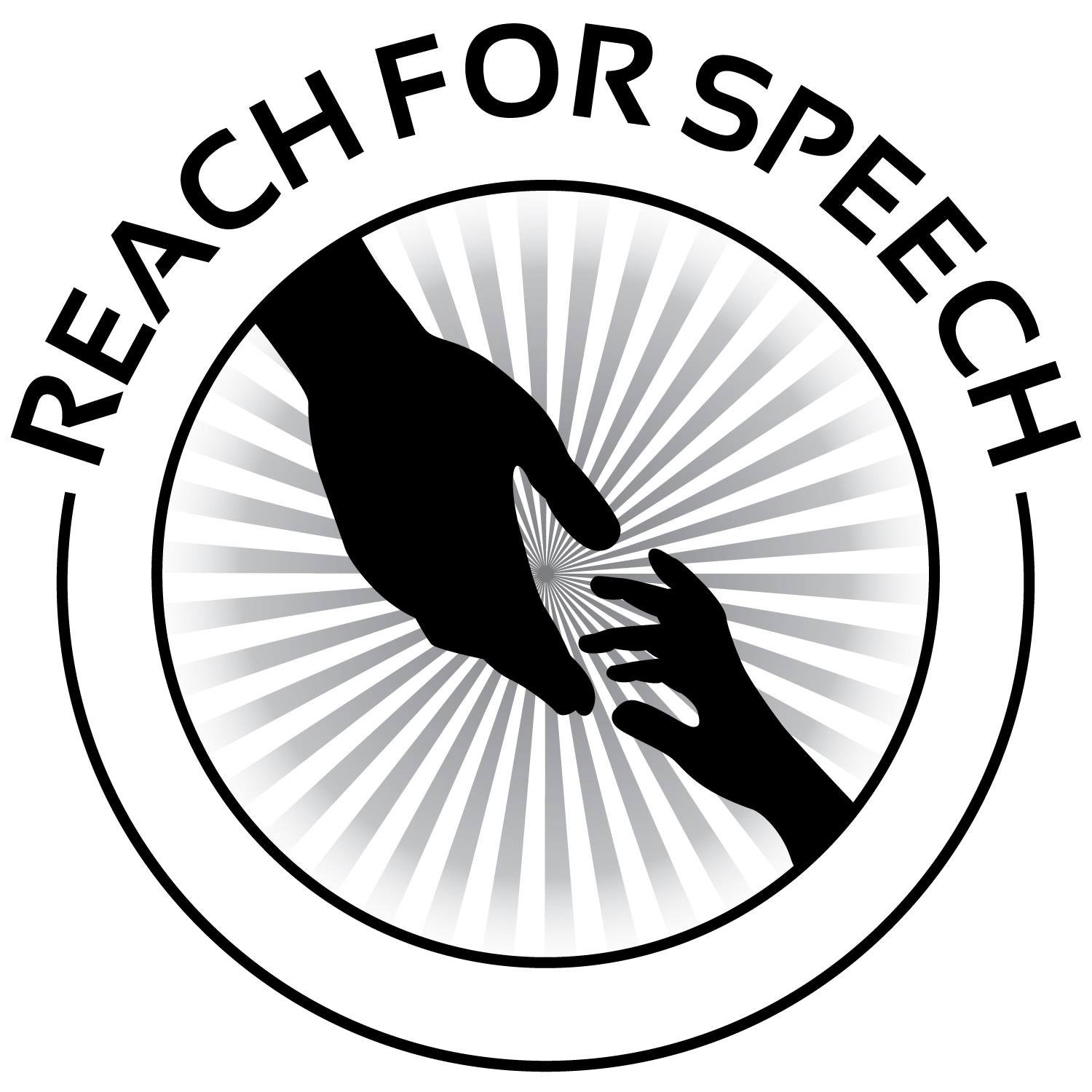Toy Recommendations to Boost Speech and Language Development in Toddlers
When it comes to nurturing early speech and language development in toddlers, toys play a vital role. The right playthings can stimulate communication skills, introduce new vocabulary, and encourage interactive, imaginative play. Whether you’re a parent, caregiver, or educator, incorporating speech-friendly toys into playtime can make a world of difference in fostering your child’s language growth.
Here are four types of toys that promote speech and language development, along with some specific recommendations to help your child communicate and engage in fun, meaningful ways.
1. Surprise Toys
Surprise toys, like mystery boxes or toys that pop open to reveal hidden items, are a fantastic way to introduce core words and phrases to toddlers. These toys encourage curiosity, engagement, and conversation.
Key Vocabulary and Phrases to Encourage:
- Core words: "open," "close," "look," "wow."
- Phrases: "I found ___," "What's inside?"
- Questions: "What is it?"
The element of surprise sparks excitement, encouraging children to use words to describe what they see and to express their curiosity. This also helps develop their understanding of concepts like "open" and "close" as they interact with the toy.
Toys like the one pictured above provide an interactive learning experience with surprise elements that help toddlers learn core words like "open" and "close" while practicing turn-taking and social interaction. They even help introduce counting and sorting into the fun of surprise discovery, which means there is more than one way to play and learn from these toys.
2. Movement Toys
Movement toys are excellent for helping toddlers develop action-oriented language. These toys encourage active play while teaching new words related to movement, direction, and sensory experience.
Key Vocabulary and Phrases to Encourage:
- Core words: "up," "down," "go," "stop."
- Descriptive language: "fast," "slow," "high," "low."
- Action words: "roll," "pop," "chase."
As toddlers interact with these toys, they’ll hear and use words that describe motion, helping them connect language with physical experiences. This is especially helpful for sensory integration and motor skills development as well.
One toy in this category that we love is the Playskool Chase 'N Go Ball Popper Toy, pictured here. This toy makes colorful balls pop up and roll around, encouraging toddlers to chase them while learning words like "go," "stop," and "roll."
Another classic toy that can help develop these same skills is a ball drop tower that swirls balls down its ramp, this toy offers lots of action and an opportunity for toddlers to practice words related to movement and direction.
These toys also help toddlers practice coordination while learning words tied to motion and direction, giving them more vocabulary to describe their physical environment.
3. Building Toys
Building toys, such as blocks and magnetic tiles, foster creativity and problem-solving, while simultaneously expanding a child's vocabulary. These toys encourage children to describe what they’re building, ask for help, and use prepositions.
Key Vocabulary and Phrases to Encourage:
- Phrases: "I made ___," "I need help," "Look, I built..."
- Descriptive language: "big," "tall," "wide," "short."
- Prepositions: "on top," "behind," "next to."
As toddlers stack, arrange, and construct, they practice using descriptive words and prepositions to explain where pieces go and what they are making. Encouraging your toddler to talk through their building process also promotes sentence formation and language structure.
For building toys, we love toys like MAGNA-TILES. This set, can be used to create various structures while practicing words related to size, shape, and location, with the added bonus of animal pieces that can help kids practice identifying animals and their sounds too!
While this example is great, any building toy with pieces that can click, stick, or interlock is a great way to encourage creativity and problem-solving in your child and would make an amazing gift this holiday season!
4. Pretend Play Toys
Pretend play is a powerful way for toddlers to practice language. Whether they’re playing "house," "doctor," or "store," these toys provide a rich environment for children to experiment with different vocabulary and practice social interaction.
Key Vocabulary and Phrases to Encourage:
- Questions: "What do you need?" "How can I help you?"
- Social phrases: "Can I help you?" "I want to play."
- Action words: "Give," "show," "tell."
Pretend play allows toddlers to imitate real-life experiences and practice using words and phrases they’ll need in everyday situations. They can role-play various scenarios, which helps expand their vocabulary and encourages turn-taking in conversations.
This Wooden Cool Scoops Ice Creamery from Melissa and Doug allows children to take on the role of an ice cream shopkeeper, providing opportunities to practice customer-service-related vocabulary and social interactions.
Any toy like this one, which allows children to role-play different real-world scenarios and practice associated vocabulary is a great choice. These pretend play toys not only build language skills but also foster emotional development as children express empathy, practice problem-solving, and navigate social situations.
Gifting toys that promote speech and language development is one of the best ways to support a toddler’s growing communication skills. Whether through the excitement of surprise toys, the action of movement toys, the creativity of building toys, or the social interaction of pretend play, each type offers unique opportunities for language development. By choosing toys that encourage exploration, expression, and imagination, you’re helping to lay the foundation for your child’s linguistic growth—and, most importantly, creating a fun and engaging environment for learning.




